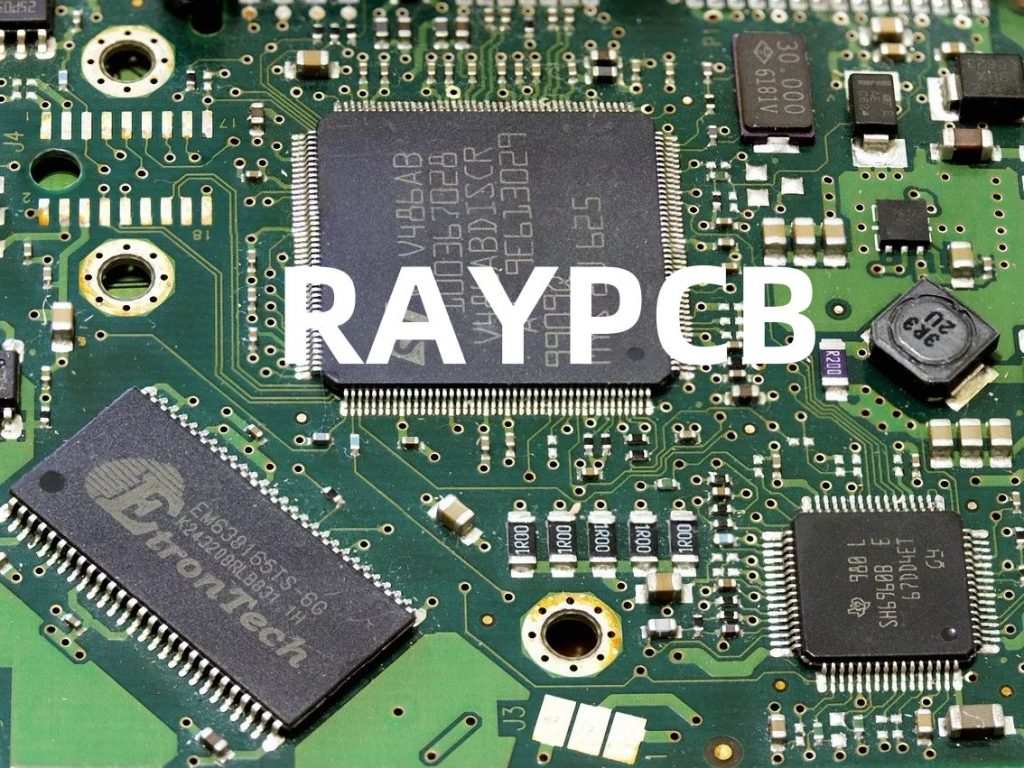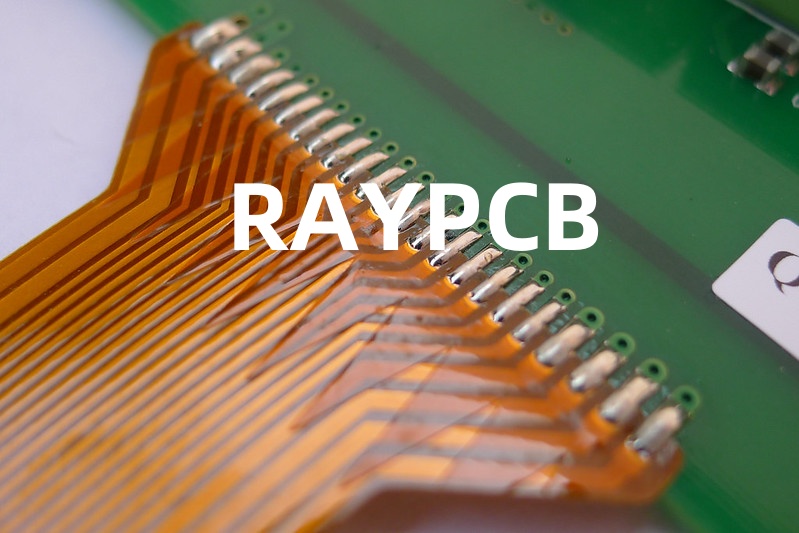What is a Buried Via PCB?
A Buried Via PCB, also known as a sub-surface mount PCB, is a type of printed circuit board that contains vias that are buried within the inner layers of the board, rather than being exposed on the surface. This allows for more efficient use of space on the PCB and can improve signal integrity by reducing the length of signal paths.
Advantages of Buried Via PCBs
Buried Via PCBs offer several advantages over traditional PCBs:
- Increased Density: By burying vias within the inner layers of the PCB, more space is available on the surface for components and routing. This allows for higher component density and more complex designs.
- Improved Signal Integrity: Buried vias can reduce the length of signal paths, which can improve signal integrity by reducing noise and crosstalk. This is especially important for high-speed designs.
- Better Thermal Management: Buried vias can also be used for thermal management by providing a path for heat to dissipate from components to the inner layers of the PCB.
- Reduced EMI: By reducing the length of signal paths and providing shielding, buried vias can help reduce electromagnetic interference (EMI).
Disadvantages of Buried Via PCBs
While Buried Via PCBs offer many advantages, there are also some disadvantages to consider:
- Higher Cost: The additional manufacturing steps required to create buried vias can increase the cost of the PCB.
- Limited Repairability: Because the vias are buried within the inner layers of the PCB, it can be more difficult to repair or rework the board if issues arise.
- Design Complexity: Designing a Buried Via PCB can be more complex than a traditional PCB, as the designer must consider the placement and routing of the buried vias.
How are Buried Via PCBs Manufactured?
The manufacturing process for Buried Via PCBs is more complex than for traditional PCBs. Here are the basic steps:
- Inner Layer Fabrication: The inner layers of the PCB are fabricated using standard PCB manufacturing techniques, such as etching and plating.
- Via Drilling: Holes are drilled through the inner layers where the buried vias will be located.
- Via Plating: The holes are plated with copper to create the buried vias.
- Lamination: The inner layers are laminated together with prepreg and copper foil to create the complete PCB stackup.
- Outer Layer Processing: The outer layers of the PCB are processed using standard techniques, such as etching and plating.
Types of Buried Vias
There are several types of buried vias that can be used in PCB design:
- Blind Vias: Blind vias are buried vias that start at an outer layer and terminate at an inner layer, but do not go through the entire board.
- Buried Vias: Buried vias are vias that are entirely contained within the inner layers of the PCB and do not extend to the outer layers.
- Stacked Vias: Stacked vias are multiple vias that are stacked on top of each other to connect multiple layers of the PCB.

Designing with Buried Via PCBs
When designing a Buried Via PCB, there are several factors to consider:
Via Placement
The placement of buried vias is critical to the performance of the PCB. Vias should be placed as close to the components as possible to minimize signal path length. However, care must be taken to avoid placing vias too close together, as this can lead to manufacturing issues.
Via Size
The size of the buried vias is also important. Smaller vias can allow for higher density and improved signal integrity, but they can also be more difficult to manufacture reliably. The designer must balance these factors when choosing via sizes.
Layer Stackup
The layer stackup of the PCB must be carefully designed to accommodate the buried vias. The designer must consider the number of layers required, the thickness of each layer, and the placement of power and ground planes.
Signal Routing
When routing signals on a Buried Via PCB, the designer must consider the placement of the buried vias and how they will affect signal paths. Care must be taken to avoid signal integrity issues such as crosstalk and reflections.

Applications of Buried Via PCBs
Buried Via PCBs are used in a wide range of applications where high density, high speed, and high reliability are required. Some common applications include:
- Smartphones and tablets
- Wearable devices
- Medical devices
- Automotive electronics
- Aerospace and defense systems
- High-performance computing
Manufacturing Considerations
When manufacturing Buried Via PCBs, there are several factors to consider:
Material Selection
The materials used in the PCB stackup must be carefully selected to ensure reliable performance. The designer must consider factors such as the dielectric constant, loss tangent, and thermal properties of the materials.
Drilling and Plating
The drilling and plating of the buried vias is a critical step in the manufacturing process. The manufacturer must have the capability to drill small, precise holes and plate them uniformly to ensure reliable connections.
Testing and Inspection
Buried Via PCBs require thorough testing and inspection to ensure that they meet specifications and are free of defects. This may include electrical testing, X-ray inspection, and microsectioning.
Frequently Asked Questions
What is the difference between a blind via and a buried via?
A blind via starts at an outer layer and terminates at an inner layer, but does not go through the entire board. A buried via is entirely contained within the inner layers of the PCB and does not extend to the outer layers.
Can buried vias be used for power and ground connections?
Yes, buried vias can be used for power and ground connections. In fact, using buried vias for power and ground can help reduce the length of power and ground paths and improve power integrity.
How small can buried vias be?
The minimum size of buried vias depends on the manufacturing capabilities of the PCB fabricator. Typically, buried vias can be as small as 0.1mm in diameter, although smaller vias are possible with advanced manufacturing techniques.
Are Buried Via PCBs more expensive than traditional PCBs?
Yes, Buried Via PCBs are typically more expensive than traditional PCBs due to the additional manufacturing steps required. However, the cost premium may be justified for applications that require high density, high speed, or high reliability.
How do I choose a manufacturer for Buried Via PCBs?
When choosing a manufacturer for Buried Via PCBs, it is important to consider their experience, capabilities, and quality control processes. Look for a manufacturer with a track record of successfully producing Buried Via PCBs for similar applications, and ask for references and sample boards to evaluate their quality.
Conclusion
Buried Via PCBs offer many advantages over traditional PCBs, including increased density, improved signal integrity, better thermal management, and reduced EMI. However, they also come with some disadvantages, such as higher cost and limited repairability.
When designing a Buried Via PCB, careful consideration must be given to via placement, via size, layer stackup, and signal routing. Manufacturers must also have the capability to reliably drill and plate small, precise vias and thoroughly test and inspect the finished boards.
Despite the challenges, Buried Via PCBs are widely used in applications that require high density, high speed, and high reliability. As electronic devices continue to shrink in size and increase in complexity, the use of Buried Via PCBs is likely to continue to grow.

No responses yet